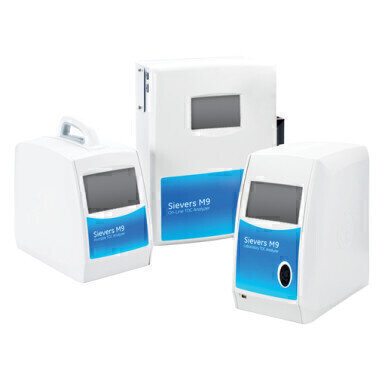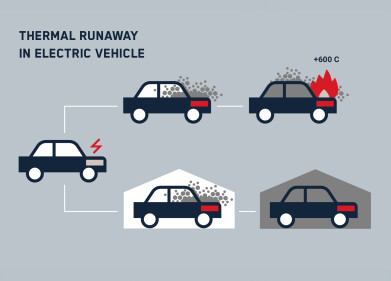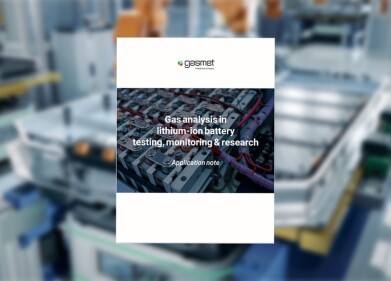Health & Safety
Food and beverage company improves cleaning cycle efficiency and quality control
Nov 12 2019
A California food and beverage company that manufactures over 350 individual products annually sought to implement new process tools to improve product quality and safety. Although ATP swab tests were used to check for microbial contamination, the company still experienced recurring quality issues and product loss.
To improve quality control of its cleaning process, the company implemented Total Organic Carbon (TOC) analysis with a Sievers* M9 TOC Analyser to monitor rinse samples after clean-in-place (CIP) cycles prior to sterilisation to verify the cleanliness of its manufacturing equipment, ensuring that time is not wasted attempting to sterilise dirty equipment. While there are techniques available to test for microbial contamination on equipment (such as ATP swabs), these tests lack the necessary accuracy and selectivity for residual soils and are prone to false positives.
After implementing TOC analysis, the company tested it against the ATP swab test. Passing ATP swab test results indicated a piece of equipment was free from microbial contamination following the CIP cycle. However, TOC analysis showed the same piece of equipment had organic residues (which was also confirmed by operators performing a visual inspection). Prior to TOC analysis, the company would have used ATP data to confirm cleanliness and proceed to sterilisation, which would have led to manufacturing subsequent batches of product with dirty equipment, resulting in unacceptable product quality.
Another area of application is confirming equipment cleanliness following idle time. The California facility estimated that it would save more than $10,000 per month in water, labor and chemical costs by reducing the number of times workers cleaned equipment that sat idle for longer than the allotted hold time.
At the California facility, up to 50 batches of product are run in 36-hour production sessions. Any issue during a session that causes product loss costs a minimum of $200,000. Since TOC analysis is more accurate than other tools for determining equipment cleanliness prior to sterilization, the facility can now minimize the risk of financial loss and product recall.
With the company also looking to reduce water usage in its manufacturing, TOC analysis can help optimise CIP cycles and potentially confirm that a shortened cleaning cycle is adequate for removing all soils from equipment. Shortening CIP cycles — even if only by several seconds — can result in significant cost savings over time from reduced water usage. The company also planned to use TOC analysis with rinse samples to troubleshoot production equipment throughout the production and cleaning process and locate points for possible optimisation.
SUEZ Water Technologies & Solutions designs and manufactures Sievers Total Organic Carbon (TOC) Analysers that enable near real-time reporting of organic carbon levels. Offering a variety of laboratory, on-line and portable analysers that cover a dynamic analytical range, these analysers provide stable and accurate data for treatment optimisation, quality control and regulatory compliance.
*Trademark of SUEZ, may be registered in one or more countries.
Digital Edition
AET 28.3 September 2024
September 2024
Business News - ENVEA announces acquisition of APAQ Group - SICK and Endress+Hauser sign strategic partnership - Efforts to curb gas flaring intensify amid environmental concerns Air Monito...
View all digital editions
Events
WEATHER • CLIMATE • WATER / EARTH OBSERVATIONS / GREEN ECONOMY
Oct 29 2024 St. Petersburg, Russia
Oct 30 2024 Hong Kong
Nov 05 2024 Toronto, Canada
Nov 05 2024 Rimini, Italy
Nov 06 2024 Ho Chi Minh City, Vietnam



















